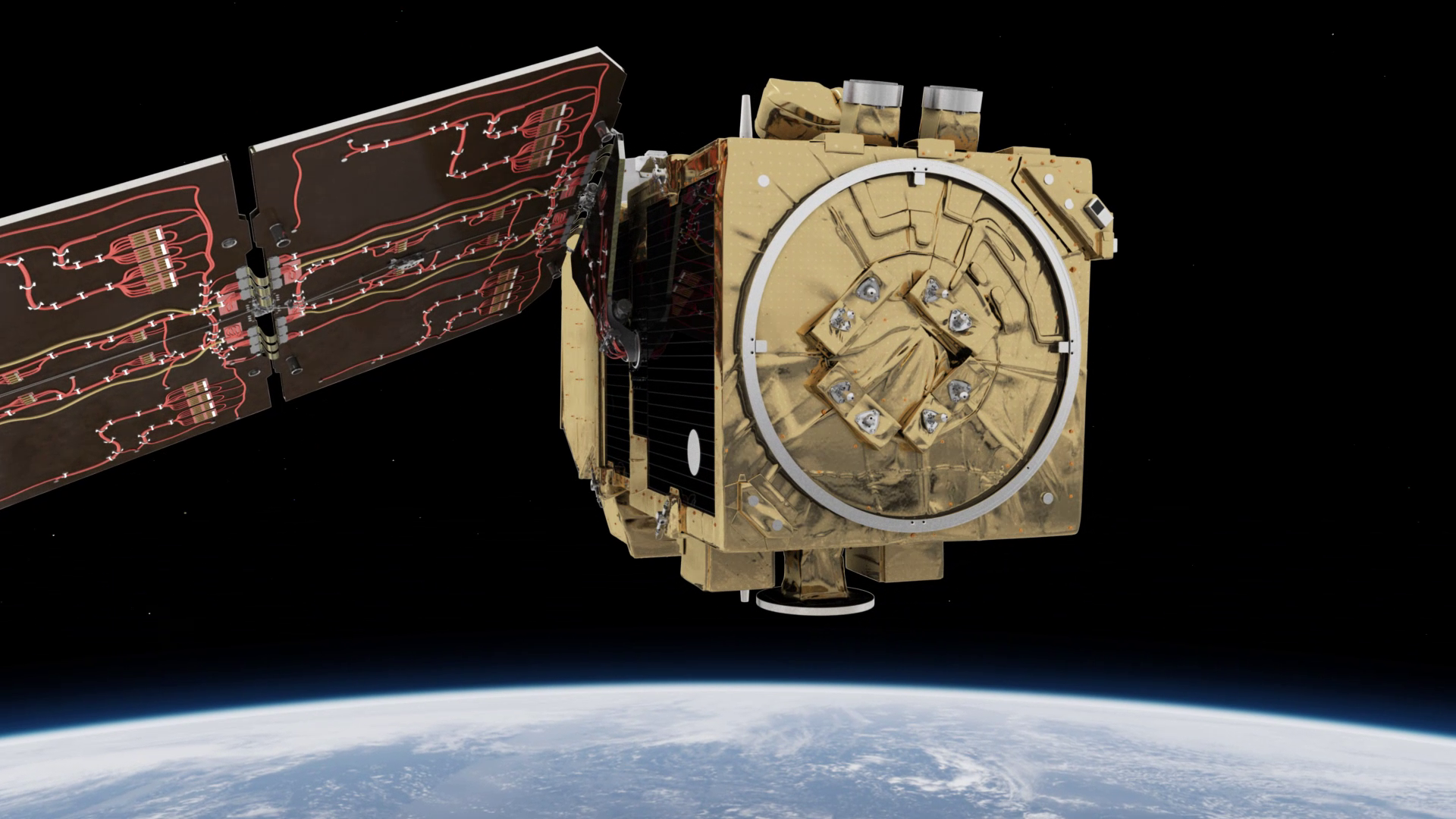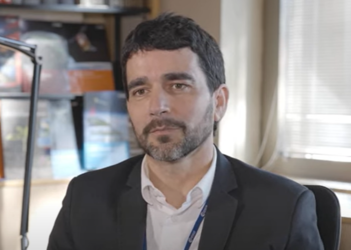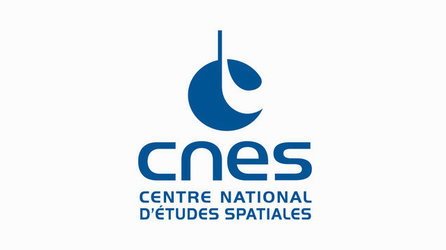Introducing Sentinel-2
The Sentinels are a fleet of satellites designed specifically to deliver the wealth of data and imagery that are central to Copernicus ̶ the Earth observation component of the European Union’s Space programme.
Copernicus is making a step change in the way we manage our environment, understand and tackle the effects of climate change and safeguard everyday lives.
Sentinel-2 carries an innovative wide swath high-resolution multispectral imager with 13 spectral bands for a new perspective of our land and vegetation.
The combination of high resolution, novel spectral capabilities, a swath width of 290 km and frequent revisit times provides unprecedented views of Earth.
The mission is based on a constellation of two identical satellites in the same orbit, 180° apart for optimal coverage and data delivery. Together they cover all Earth’s land surfaces, large islands, inland and coastal waters every five days at the equator.
The mission mainly provides information for agricultural and forestry practices and for helping manage food security. Satellite images can be used to determine various plant indices such as leaf area chlorophyll and water content indexes.
This is particularly important for effective yield prediction and applications related to Earth’s vegetation.
As well as monitoring plant growth, Sentinel-2 can be used to map changes in land cover and to monitor the world’s forests. It also provides information on pollution in lakes and coastal waters. Images of floods, volcanic eruptions and landslides contribute to disaster mapping and help humanitarian relief efforts.
Sentinel-2 is the result of close collaboration between ESA, the European Commission, industry, service providers and data users. The mission has been designed and built by a consortium of around 60 companies led by Airbus Defence and Space, and supported by the CNES French space agency to optimise image quality and by the DLR German Aerospace Centre to improve data recovery using optical communications.
With its multispectral imager and wide swath coverage, the Sentinel-2 mission not only offers continuity, but also expands on the French Spot and US Landsat missions.
Sentinel-2A was launched on 23 June 2015, followed by Sentinel-2B on 7 March 2017. On 5 September 2024, Sentinel-2C was launched into orbit to join its siblings and ensure the continuous provision of high-resolution data from the mission.
After launch, the European Commission assumes ownership of the satellites.















 Germany
Germany
 Austria
Austria
 Belgium
Belgium
 Denmark
Denmark
 Spain
Spain
 Estonia
Estonia
 Finland
Finland
 France
France
 Greece
Greece
 Hungary
Hungary
 Ireland
Ireland
 Italy
Italy
 Luxembourg
Luxembourg
 Norway
Norway
 The Netherlands
The Netherlands
 Poland
Poland
 Portugal
Portugal
 Czechia
Czechia
 Romania
Romania
 United Kingdom
United Kingdom
 Slovenia
Slovenia
 Sweden
Sweden
 Switzerland
Switzerland


































